On top of that, Wilson also teased what he is excited to work on inBlue Eye Samuraiseason 2.
Screen Rant: How did you first become involved with Blue Eye Samurai?
Toby Wilson: I read the first three episodes and I was hooked.
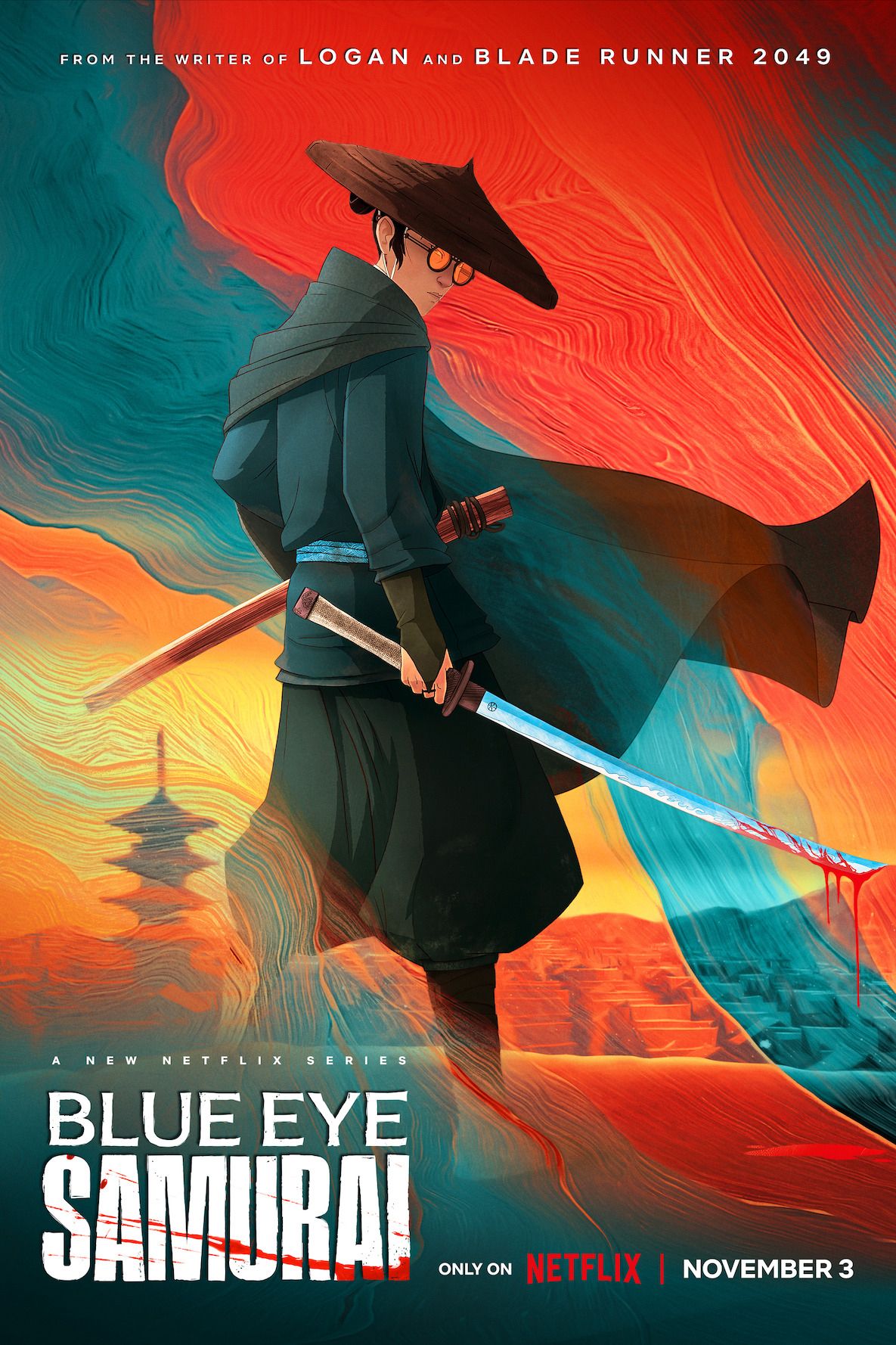
I was like, ‘I need to be on this project.’
This is the kind of story that I wish the industry was doing more of.
This is the kind of project that we all want to do.
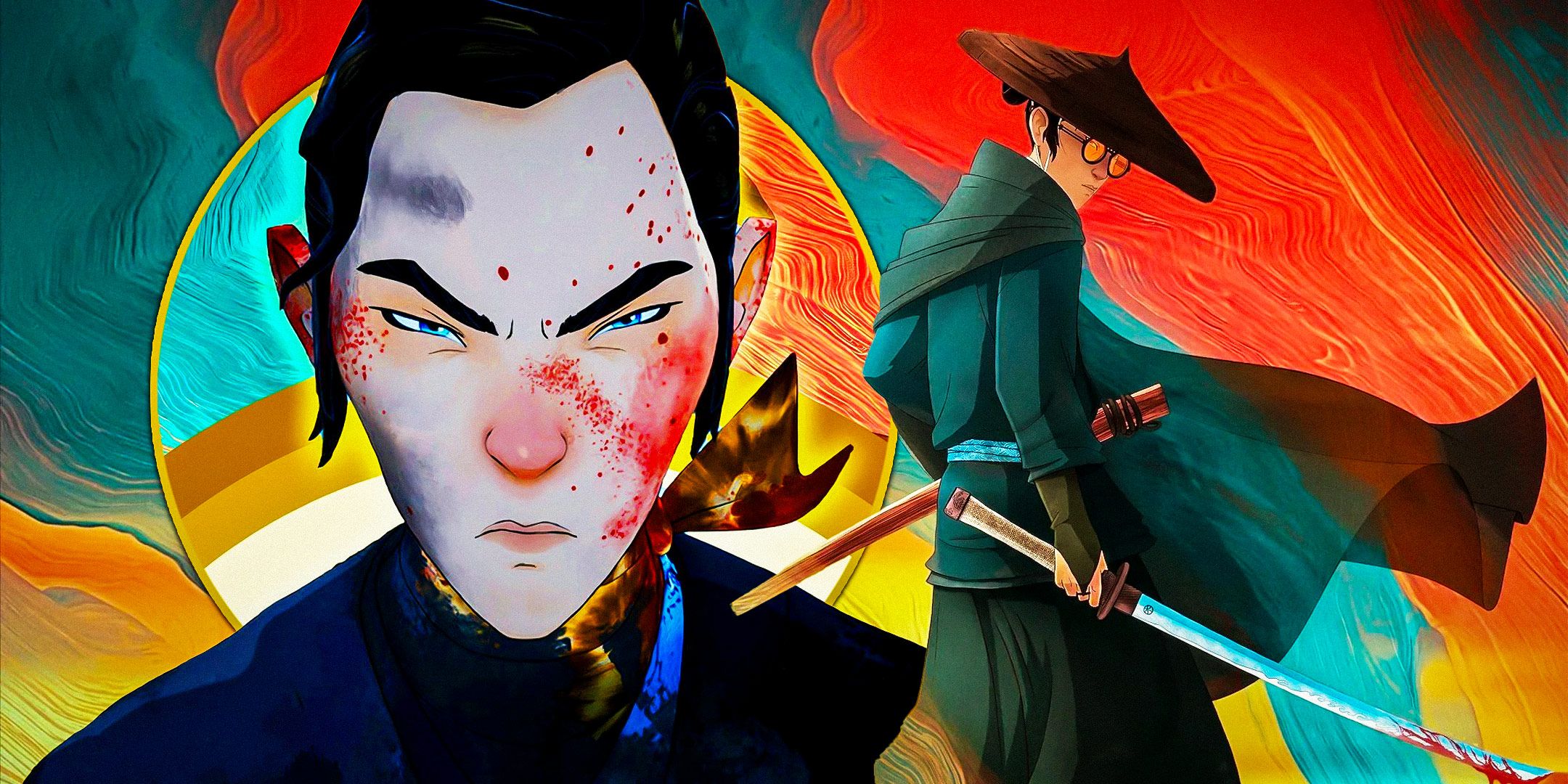
Custom image by Yailin Chacon
Let’s do more of it.
And so then I got called in.
I got to meet Michael Green and Amber Noizumi, our showrunners.
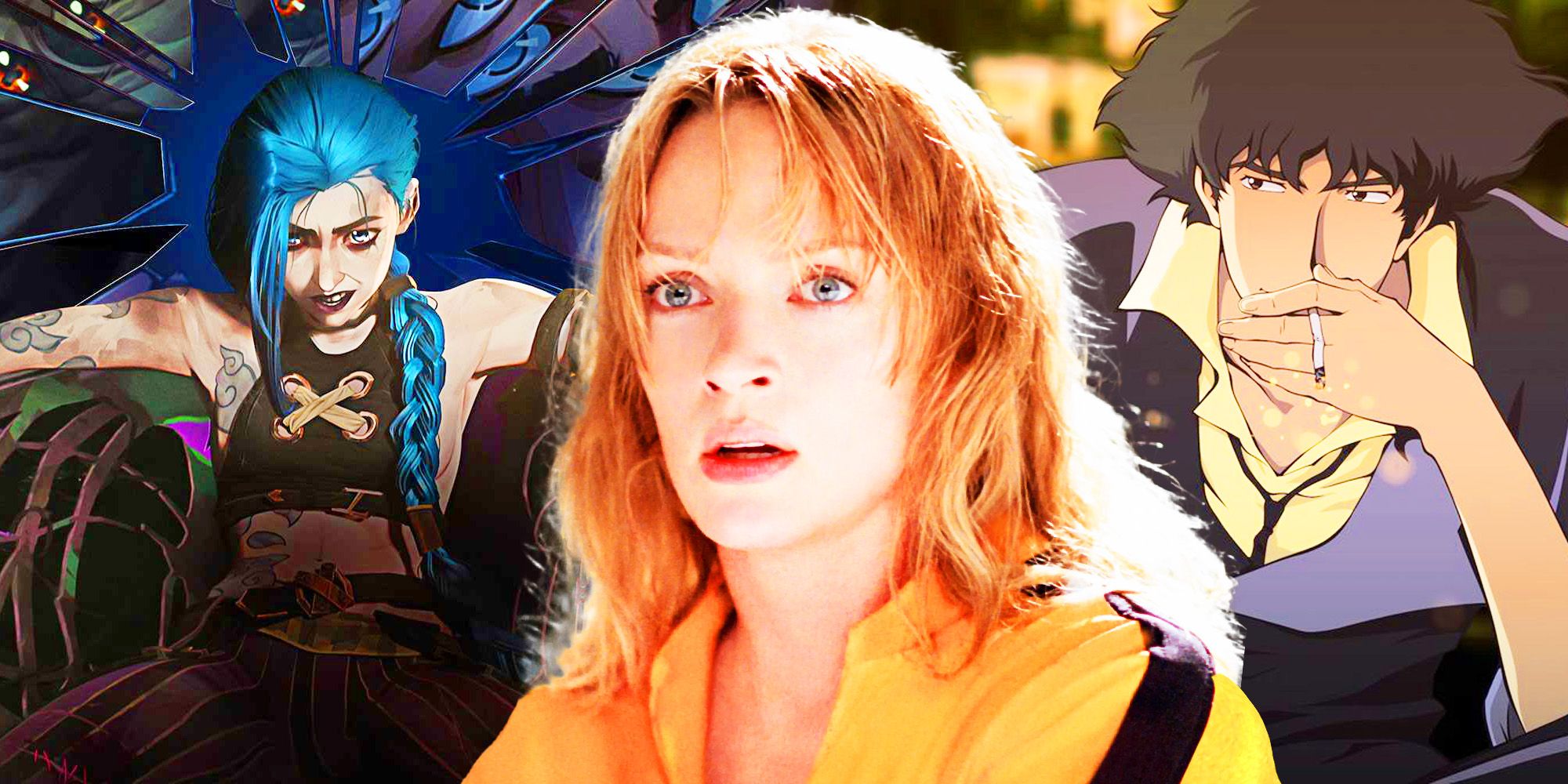
Blue Eye Samurai is a 2023 animated action-adventure series created by Michael Green and Amber Noizumi. Set In 17th-century Japan, Blue Eye Samurai follows a mixed-race Samurai named Mizu who seeks revenge for the man who abandoned her and took her mother. To do so, Mizu will have to disguise herself and assume the guise of a man as she sets forth across a war-torn nation.
I got to talk with Jane Wu, who I had worked adjacently with at Disney in the past.
And I had worked with Earl Hibbert, our pre-vis and layout supervisor.
And that was the challenge.

We were in it together.
Screen Rant: When you get the scripts, what’s your research process?
Toby Wilson: So it’s a little bit boring at the beginning.
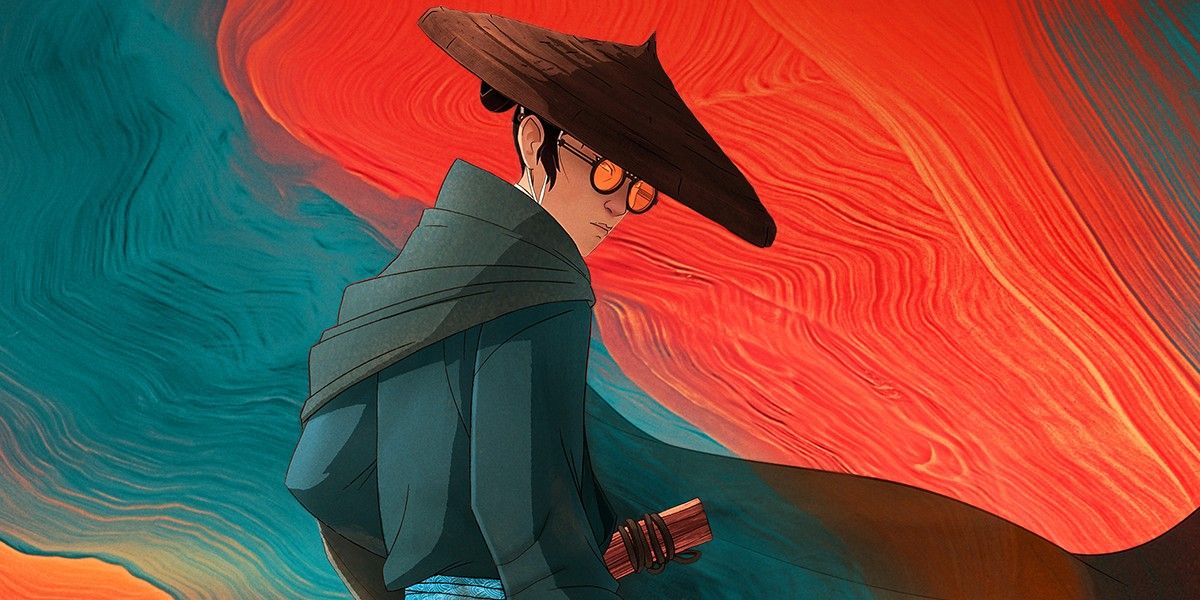
How are we going to produce this visually?
So I have to look at things like ‘What’s my budget?
What’s the screen time for these things?
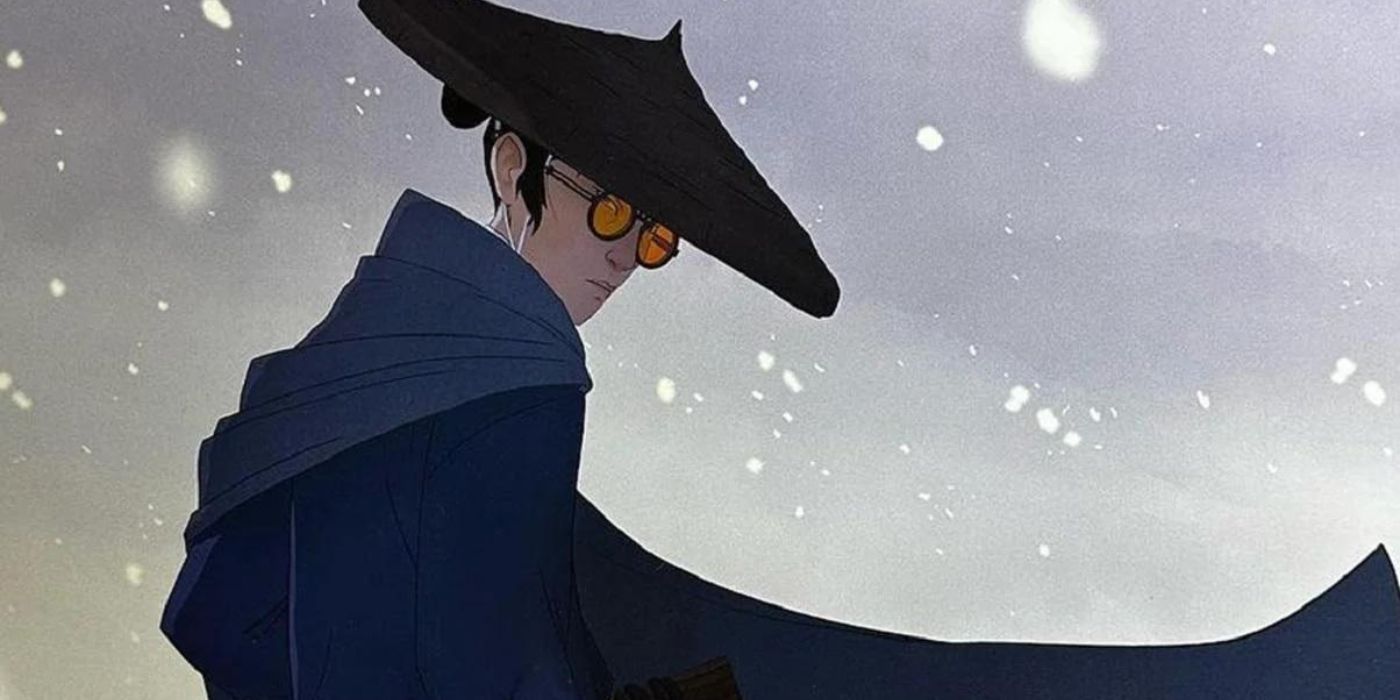
What are the most important story things?’
And I have to ensure I prioritize those things.
So there’s a bit of prioritization and budgeting at first.
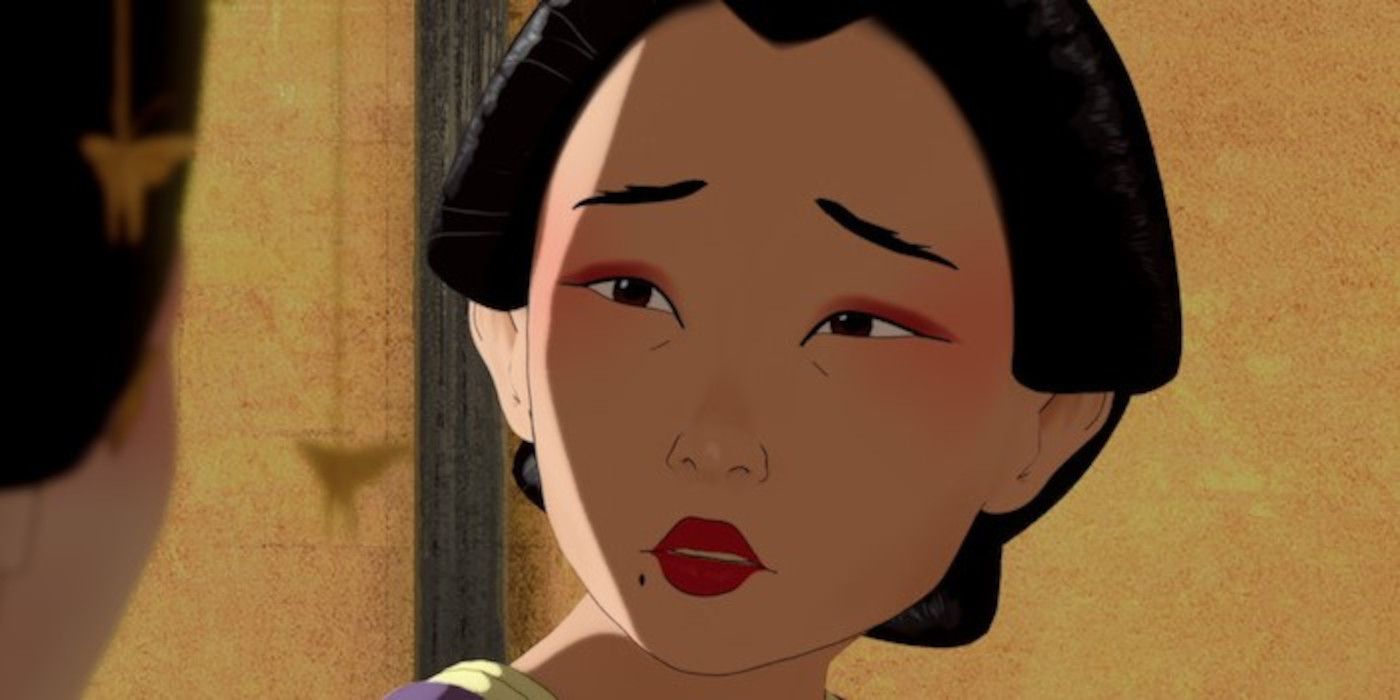
after you snag that, you dig in on the research.
We had research consultants.
We had specialists like our costume designers, Suttirat Anne Larlarb.
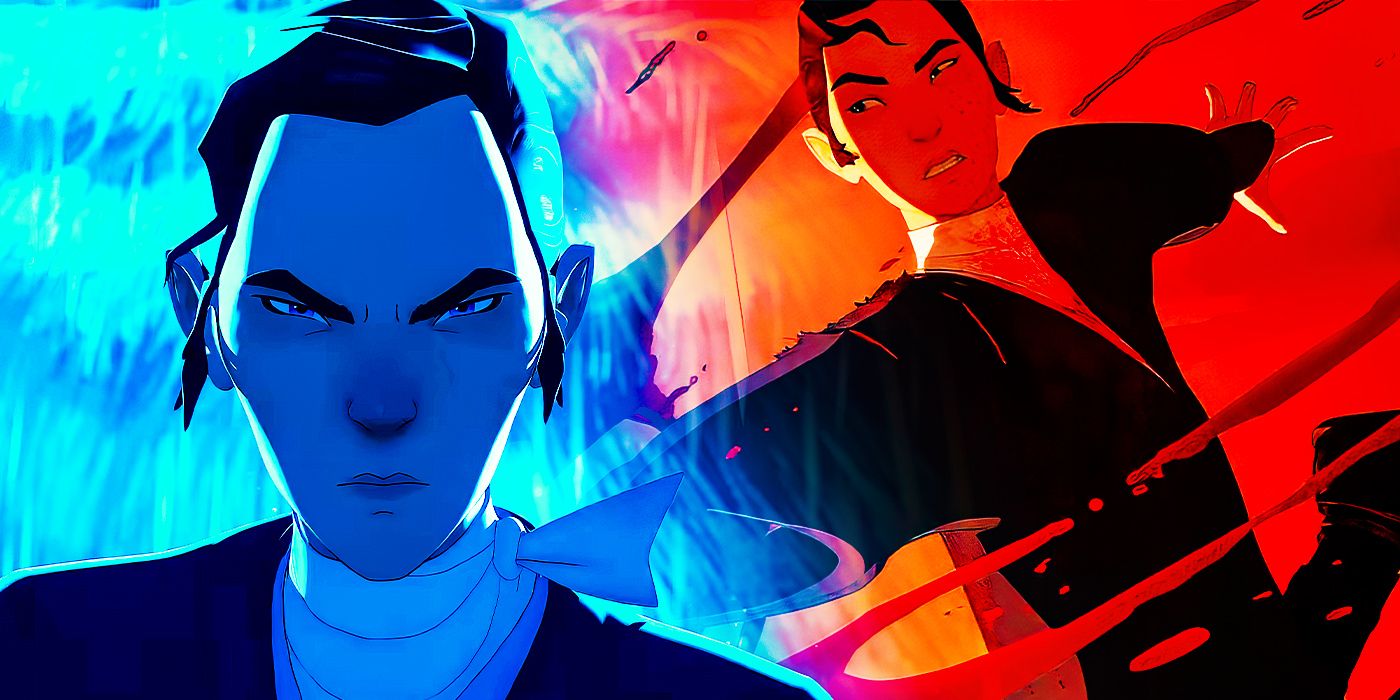
We’ve got personal consultants like my family.
On my wife’s side, a lot of them are still in Japan.
So my brother-in-law was helping me by sending me history books and things like that.

Because you’ve got the option to’t just rely on Google.
The Edo period is 400 years.
It’s a lot different at the beginning of the Edo period versus the end of the Edo period.
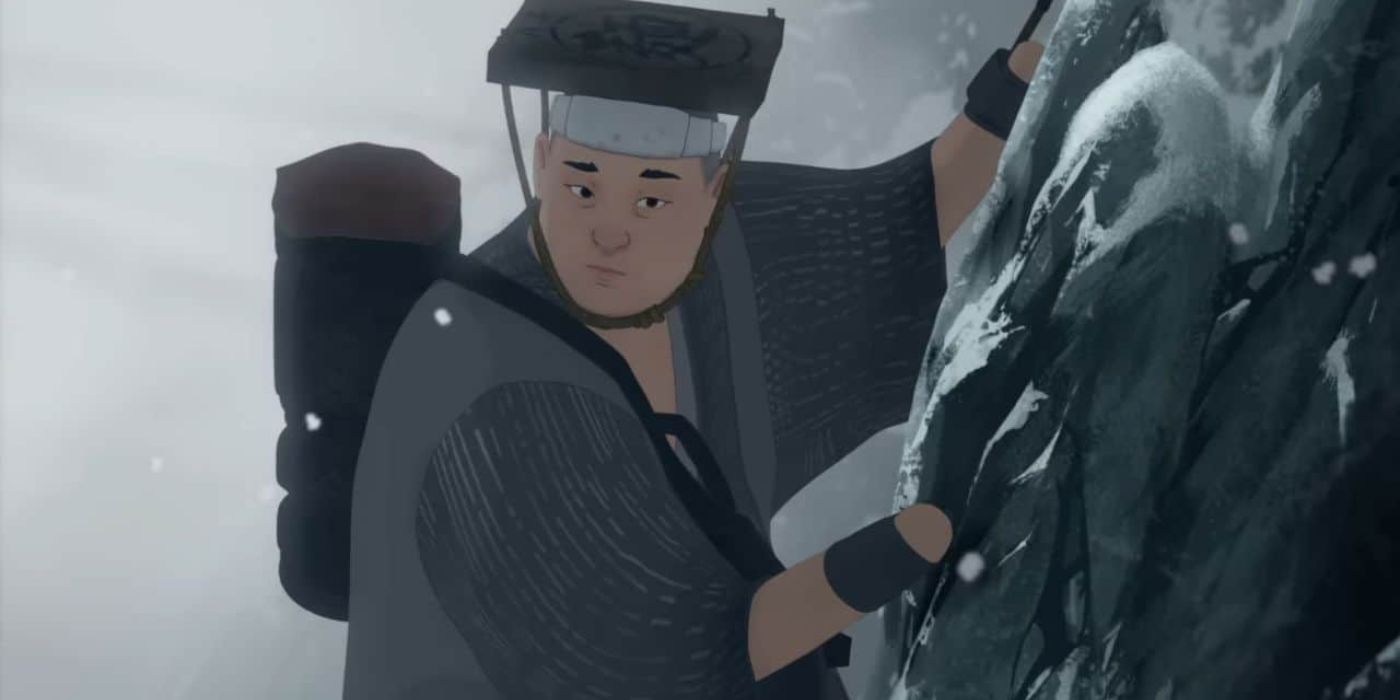
Is that something you would normally want to do on a project?
And were there any other challenges that came with makingBlue Eye Samuraiduring the pandemic?
Toby Wilson: Oh yeah.
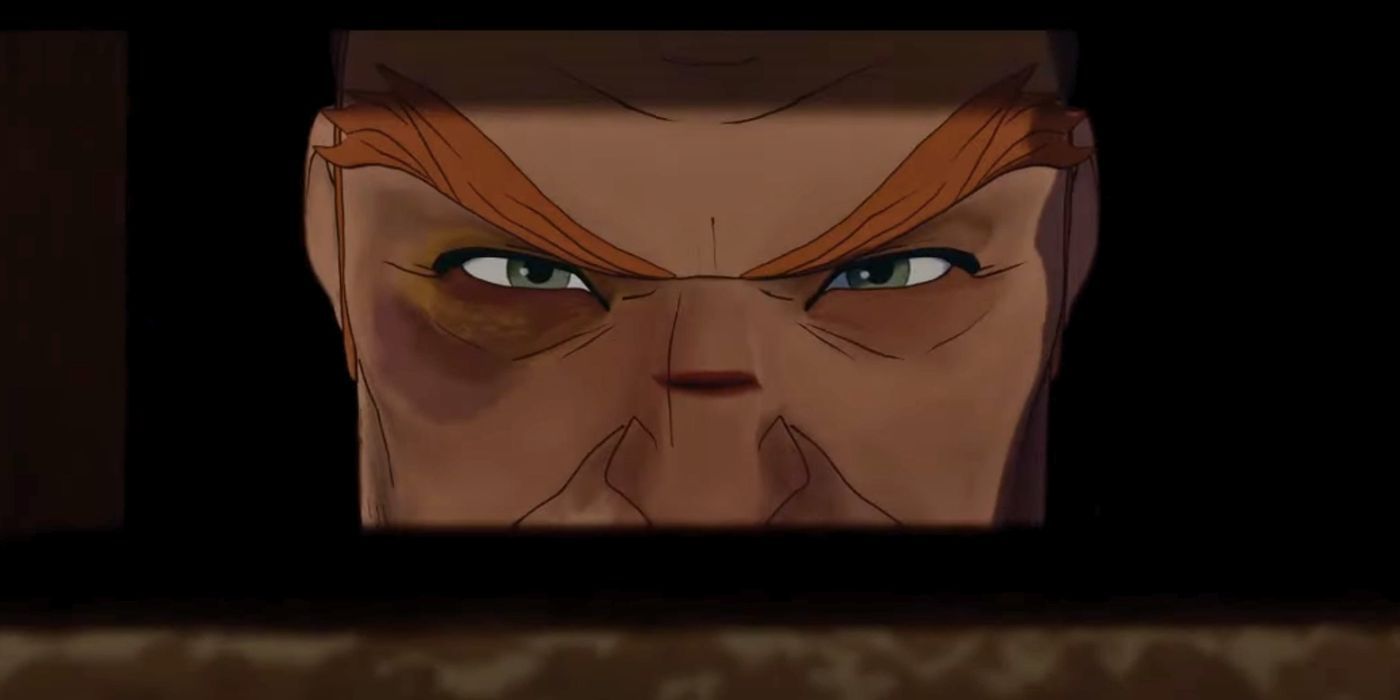
That is something that everyone wants to do on every project.
Just being there and walking through it, you see so many things.
After we finished the series and the pandemic was done, I went to Japan on vacation.
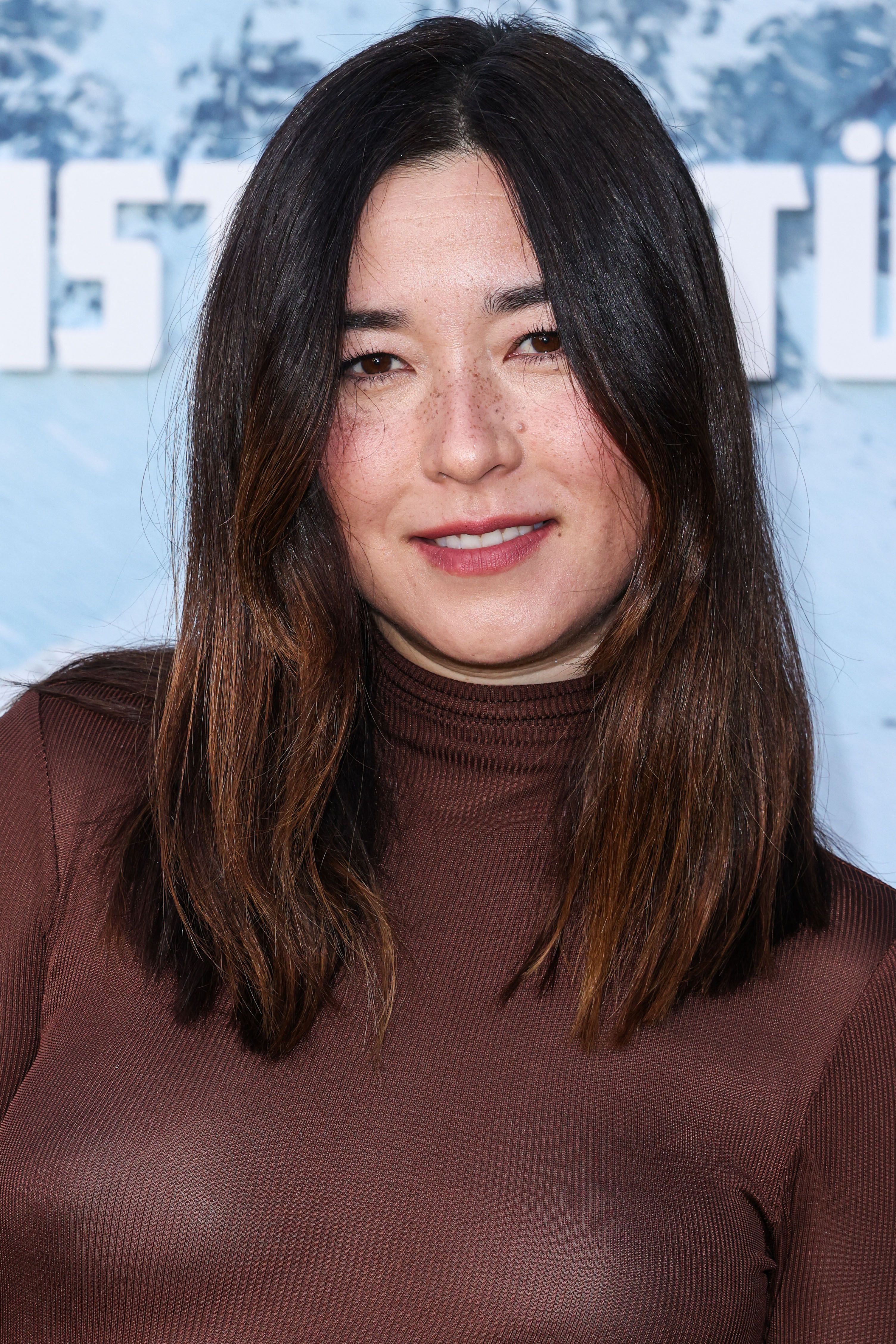
We went and visited family.
I went and walked through Himeji Castle and was shooting everything.
And it was like, ‘Oh my gosh, we got it right!
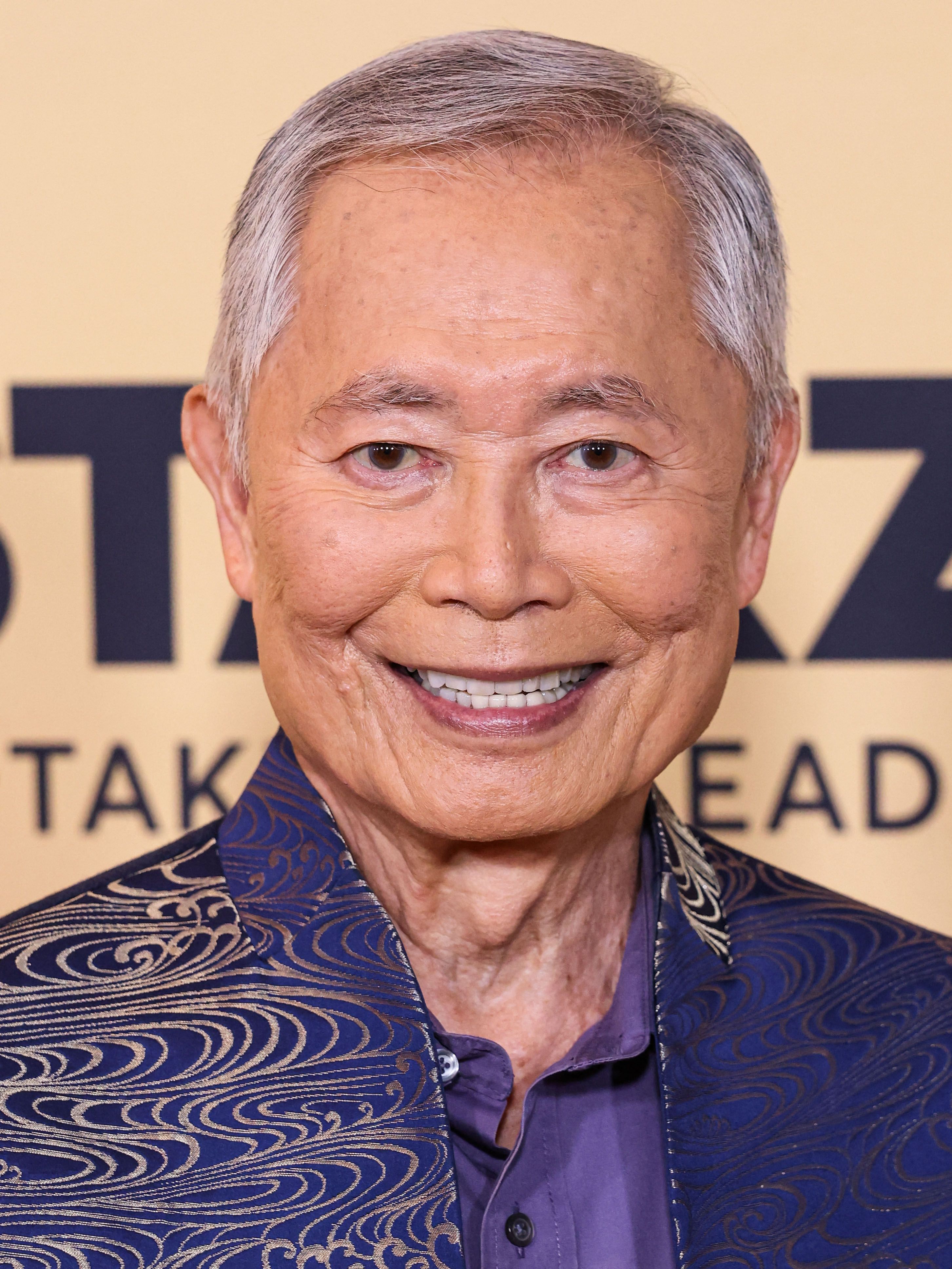
Research trips help so much.
But due to the pandemic or schedules, you’ve got the option to’t always do that.
But I can say they are super invaluable and we’d love to do that.

But there are digital ways around it.
Toby Wilson: Well, yes and no.
Because each project is different.
Each production designer works differently.
And there are things that we do in animation that they all have to do in live action.
It’s just slightly different.
Well, it’s actually a lot different, because none of it exists in animation.
We have to build everything.
In live action, they have to make everything practically.
Everything we do is imaginary.
He and Jane Wu were really driving the lensing.
Animation is a different workflow, a different pipeline.
So the roles are a little different.
An animation production designer oversees everything visual.
So that means color, lighting, effects, sets, and all that.
Toby Wilson: That’s one of a production designer’s major responsibilities.
To see to it that there’s visual cohesion.
In the early stages, some of the early concept art for Blue Eye Samurai was looking more textured.
Not photo-real, but a little bit more realistic looking.
And that’s when we shifted it to be more 2D.
We were embracing the Ukiyo-e look, so we pushed it that way.
So that’s where I get involved and work with Brian Kesinger, our character design lead.
So I got to kind of come in, and she pitched what she was looking for.
I said some things back, ‘Oh, you mean like this?’
And she was like, ‘Yes, exactly!’
So it is a collective thing for sure.
There were no sewers."
When those problems came up, how did you address that issue?
Toby Wilson: Yes.
I’ll give you a simple one, case in point.
In episode eight, Ringo needed to sneak into the castle.
And as scripted, he sneaks in through the sewers.
There were no sewers.
You think of the catacombs and the sewers underneath Paris and things like that.
Edo didn’t have that.
But they did have the canals.
And so that’s where we then would talk with the consultant.
I do my research and find, ‘Okay, well, they do have to have a water source.
They have a well, and they would be getting the wells from the water source.
It could be from the canals.
He could swim through the canals and up into the well.
He would have to hold his breath for a very long time.’
But that’s where we ensure it’s founded in some basis of reality.
It’s just Ringo can hold his breath for six minutes.
Because he’s amazing.
Screen Rant: Was there any behind the scenes conflict when addressing issues like that?
Toby Wilson: Yeah, there’s always that.
When you’re doing something creative, there are going to be creative differences.
So everyone’s opinion is coming from nothing but good intentions.
Sometimes you have, not heated discussions, but difficult conversations.
But that’s actually really good because that means you’re scratching at something that’s really important.
So yes, that does happen.
We did have to make some calls.
If there was a very Western sort of thing, we would have to alter that.
Or it would be, ‘The story absolutely needs this.
We did make some concessions on both of those sides, and we also met in the middle.
Toby Wilson: On Blue Eyes Samurai, we had a luxury where the scripts really didn’t change.
To Michael and Amber’s credit, they wrote solid scripts.
They were so tight, and they really didn’t change that much.
Because we wanted to make all of this.
In my past experience in feature films, it’s been a little different.
You push the little details out.
You start big, to get a nice solid foundation to also inspire story.
Toby Wilson: Well, like I mentioned, the classic Japanese Kurosawa and Ozu films.
That was a huge inspiration.
We didn’t want to be an anime.
We weren’t trying to be an anime because we didn’t animate in Asia.
But we wanted to be inspired to have that kind of action.
So that’s why we did the stunt vis.
We used a live action technique there where you work with the stunt choreographer to get that.
Screen Rant: As you move forward into season 2, there’s a big location changed to London.
Toby Wilson: Yeah, okay.
The process doesn’t change too much.
So now it’s muscle memory like, ‘Oh yeah, that’s how we did it.
Let’s do it better this time.’
I’m excited because it’s an all-new culture.
There’s so much research and referencing that we have to do.
It’s a lot of work, but it’s also a fun, creative challenge.
That’s the juicy creative thing.
I mean, it’s not a shame, but how cool is it to do a season 2?
And there’s all new juicy visuals that I can explore while the story continues.
We have the same challenge though.
It’s like making a pilot episode all over again because it’s all new assets.
We have no European anything.
Check out our otherBlue Eye Samuraiinterviews:
Blue Eye Samuraiis now streaming on Netflix.